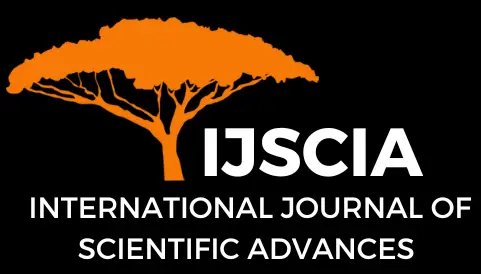Minimal Implant Fixation in Correction Deformity of Hallux Valgus and Hammer Toe with Lapidus Procedure and Distal Chevron Technique – A Case Report
I Made Bagus Surya Mahapriandana Sari1* & I Wayan Subawa2
Abstract
Introduction: Hallux valgus is a complex positional deformity that leads to altered joint mechanics, dysfunction, and progressive pain often at the medial eminence of the first metatarsophalangeal (MTP) joint. Hammertoe is described as partial or complete dislocations of the proximal interphalangeal joints. This disease is usually asymptomatic, however, in some cases, it can cause pain and may cause discomfort when wearing footwear. Surgical treatment is routinely recommended for the severe hallux vagus and hammer toe deformity that is refractory to conservative care. In this case, clinical and minimally invasive surgery for reconstruction of deformity correction of the hallux vagus and hammer toe are described. Case illustration: We reported a 54-year-old female presented with a 4-year history of worsening pain and deformity to the left great toe which was initially aggravated by wearing tight shoes while the patient was working. She also complained of pain in the second toe of the left foot since 3 years ago, the pain felt worse when doing activities using footwear. The patient said that initially the left big toe was bent outwards so the second toe also became bent. Clinically she has hallux vagus and mallet toe. On a plain radiograph, her deformity was classified as severe with a Hallux Vagus Angle (HVA) of 46 degrees, and an intermetatarsal angle (IMA) of 25 degrees. She was offered surgical correction by Lapidus procedure and Chevron Procedure, the alignment was maintained with klep and screw. Post-surgical correction shows improvement and on the fifth week, the patient was allowed to full weight bearing with no immediate complication. Conclusion: Hallux Valgus is a common foot deformity but complex. It is not a single deformity but rather a range of deformities and in some cases, it can cause pain and discomfort suggesting that several factors may be responsible. More than one hundred techniques have been introduced for the correction of Hallux valgus but there is no established ideal operation. This is due to the fact that etiology and pathogenesis are not yet known certainty. This surgical procedure that was chosen in this case shows good results. Therefore, further research is needed to explore the possibility of determining factors that are common to each foot and then hopefully lead an optimal treatment protocols for Hallux valgus in the future.
Keywords
Cite This Article
Sari, I. M. B. S. M., Subawa, I. W. (2024). Minimal Implant Fixation in Correction Deformity of Hallux Valgus and Hammer Toe with Lapidus Procedure and Distal Chevron Technique – A Case Report. International Journal of Scientific Advances (IJSCIA), Volume 5| Issue 1: Jan-Feb 2024, Pages 56-62, URL: https://www.ijscia.com/wp-content/uploads/2024/01/Volume5-Issue1-Jan-Feb-No.550-56-62.pdf
Volume 5 | Issue 1: Jan-Feb 2024


